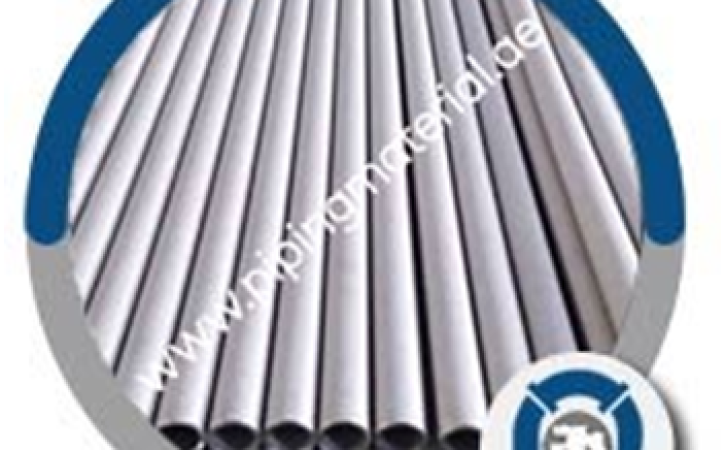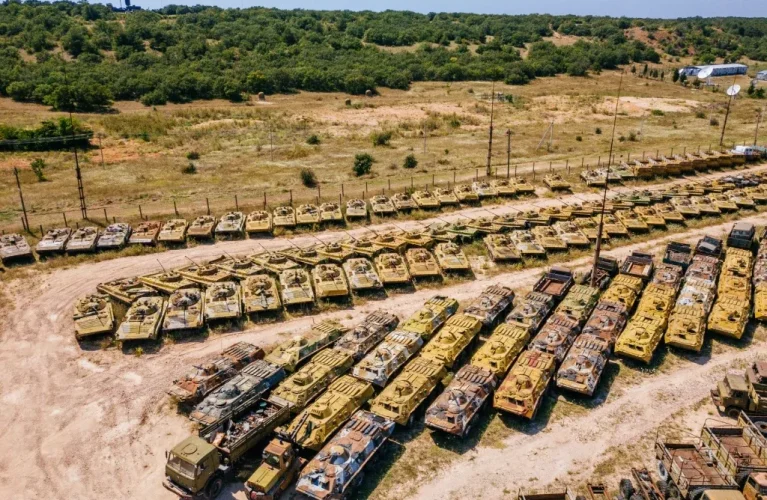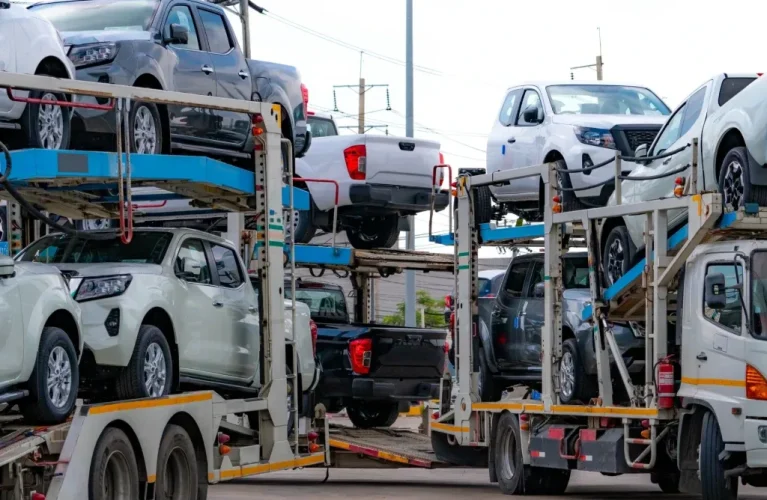
What is the difference between RX and BX ring gaskets?
RX and BX ring gaskets are metal ring gaskets used to create a seal between two surfaces in a pipe or flange. However, they have some distinct differences in terms of design and application.
- RX ring gaskets, also known as “oval” or “octagonal” ring gaskets, are designed with an oval or octagonal cross-section. This shape allows them to conform to slight variations in the flange surfaces, creating a tight seal. They are commonly used in low-pressure applications, such as water and air systems.
- BX ring gaskets, also known as “round” or “spiral-wound” ring gaskets, are designed with a round cross-section and a spiral-wound metal core. This design allows them to handle higher pressures and temperatures than RX gaskets. They are commonly used in high-pressure applications, such as steam and gas systems.
- Another critical difference between RX and BX ring gaskets is the materials they are made from. RX gaskets are typically made from soft materials such as rubber or graphite. In contrast, BX gaskets are made from more complex materials such as stainless steel or Inconel.
The choice between an RX or BX ring gasket depends on the application.
BX ring joint gaskets
How does a Bx ring joint gasket seal?
It is made of a metallic material, such as steel or stainless steel. It is designed in the shape of a ring, with a unique groove on the outside and a raised portion on the inside. The gasket is placed between two flanges, with the raised part of the gasket facing the flange and the groove facing the other flange.
When the flanges are tightened together, the raised portion of the gasket is compressed, creating a tight seal between the two flanges. The tension in flange bolts (or clamp hubs) forces the ring to fit, creating stresses that ensure the ring’s elasticity creates a seal even when everything is relaxed. The BX Ring Joint Gasket is a very effective sealing solution for high-pressure and high-temperature applications. The metallic material of the gasket makes it highly durable and resistant to extreme temperatures and pressures. Additionally, the unique design of the gasket ensures a tight and secure seal, which reduces the risk of leaks or other issues. The same focus is on using pressure-energized sealing. The gasket relies on the pressure within the pipe or system to create a seal. As the pressure increases, the BX ring is further compressed, creating a tighter seal.
What are jacketed gaskets made with?
These are typically made with a combination of materials to provide a strong seal and withstand high temperatures and pressure. The core material is generally made of a flexible and durable material such as graphite, PTFE, or flexible graphite. These materials have excellent heat resistance and chemical resistance properties, making them ideal for high-temperature and high-pressure applications.
The jacket is typically made of metallic materials such as stainless steel, Monel, Inconel, or titanium. These metals have excellent corrosion resistance properties and can withstand high temperatures and pressures. The jacket material also provides structural support to the core material, which helps to prevent the gasket from deforming or losing its shape under high pressure. The combination of the core and jacket materials creates a gasket that can withstand high temperatures and pressures and provides a reliable seal in demanding applications. Jacketed Gaskets are commonly used in chemical processing, power generation, and oil and gas production. They are also widely used in applications involving heat exchangers, boilers, and valves.
What is a single jacketed gasket used for?
A single jacketed gasket is a type of gasket made up of a core material, such as soft iron or steel, surrounded by a jacket or outer layer of another material, such as stainless steel. The coat’s purpose is to provide additional strength and resistance to corrosion, as well as to prevent the core material from being damaged. The single variants are commonly used in the oil and gas industry and chemical and petrochemical industries to seal flanges and other connections in pipelines, valves, and other equipment. They are also used in high-temperature and high-pressure applications, as the jacket helps to protect the core material from damage caused by heat and pressure. Following is typically more expensive than other gaskets, but they offer higher performance and durability.
How can BX gaskets be imported into Bahrain?
To import BX gaskets into Bahrain, the following steps should be taken:
- Obtain a commercial registration and a license to import goods into Bahrain.
- Find a supplier of BX gaskets in the desired country of origin.
- Negotiate and finalize a purchase agreement with the supplier.
- Obtain any necessary import permits or certifications required by Bahraini authorities.
- Arrange for shipping of the gaskets to Bahrain.
- Clear customs by providing required documentation and paying import duties or taxes.
- Once the gaskets have been cleared by customs, arrange for transportation to the final destination within Bahrain.
- Keep all necessary import documentation for future reference.
It is important to note that the process and requirements for importing goods into Bahrain may vary depending on the product type and country of origin. It is recommended to consult with a customs agent or freight forwarder for more specific guidance.
Why is a metal jacketed gasket cheaper in China than in India?
They are cheaper in China than in India due to various factors. Firstly, China’s more extensive and developed manufacturing industry allows for economies of scale and lower production costs. China also has lower labor costs than India, which contributes to lower prices for metal-based gaskets. Furthermore, China has a larger domestic market for gaskets and other industrial products, which allows manufacturers to produce and sell more products at lower prices.
Additionally, China has a more favorable business environment, with fewer regulations and taxes, which allows manufacturers to operate more efficiently and pass on savings to customers. Overall, these factors make these cheaper in China than in India.

.png)








